Palermo, the capital of the Italian island of Sicily, has a rich history and vibrant culture. The city is home to many old buildings, some of which are centuries old. In this article we explore how old most of the buildings in Palermo are and why the drainpipes are often outside the buildings.
the age of the buildings in Palermo
Palermo has a rich and complex history that has left its mark on the city’s architecture. The city has been inhabited since prehistoric times and has been ruled by different civilizations such as the Phoenicians, Greeks, Romans, Arabs, Normans and Spaniards. Each of these cultures have left their own distinctive architectural style in the city.
Many of the oldest structures in Palermo date from the Norman period, which lived from the 11th to the 12th century. During this period, the Normans constructed many impressive buildings, including the Norman Palace, Palermo Cathedral and the Church of San Giovanni degli Eremiti.
Other important epochs in the architectural history of Palermo are the Baroque in the 17th and 18th centuries and the Art Nouveau in the early 20th century. These eras produced many beautiful and ornate buildings, such as the Church of Santa Maria dell’Ammiraglio (also known as Martorana) and the Teatro Massimo.
Why are the drainpipes often located outside the buildings in Palermo?
A distinctive feature of many buildings in Palermo is the location of the drainpipes outside the building. This is actually a feature found in many old buildings across Europe, not just Palermo. There are several reasons why drain pipes are often routed outside the building.
First, in many old buildings, the drain pipes were added as an afterthought rather than being built into the building’s original design. This is especially true for buildings constructed before the widespread use of indoor plumbing. In these buildings, the drain pipes were often fitted to the outside of the building as this was easier and less expensive than retrofitting with indoor plumbing.
Second, in some cases, the location of the drains outside the building was a conscious choice. In areas with heavy rainfall or flooding, it was often necessary to route the drain pipes outside the building to prevent water damage. This was especially true in areas where the ground was prone to shifting, as the underground pipes could be damaged or blocked by the shifting ground. This is also a reason why drainpipes are often placed outside buildings in Palermo.
Finally, thirdly, the location of the drain pipes outside the building also made it easier to maintain and repair the plumbing system. In buildings with indoor plumbing, the pipes can be difficult and expensive to access and repair if they are in the walls or floors. By routing the drain pipes outside of the building, it was easier to access and repair the pipes if necessary.
So, don’t be surprised that drainpipes are often attached outside the buildings in Palermo
In summary, Palermo is a city with a rich architectural history and many of its buildings date back to centuries past. The city has been influenced by different cultures, including the Normans, the Arabs and the Spanish, and each of them has left their own distinctive mark on the city’s architecture.
Drainpipes located outside the building are a typical feature of many old buildings in Palermo, Sicily and across Europe. This is often due to the fact that the drain pipes were added as an afterthought rather than being built into the building’s original design. The location of the drains outside of the building also made it easier to prevent water damage, maintain and repair the drainage system, and prevent damage from ground shifting. Typically not only in Sicily, but in many cities worldwide – keep your eyes open for upcoming trips!
Advertisement
Book yourself one of those entertaining Activities in Palermo:
https://widget.getyourguide.com/dist/pa.umd.production.min.js
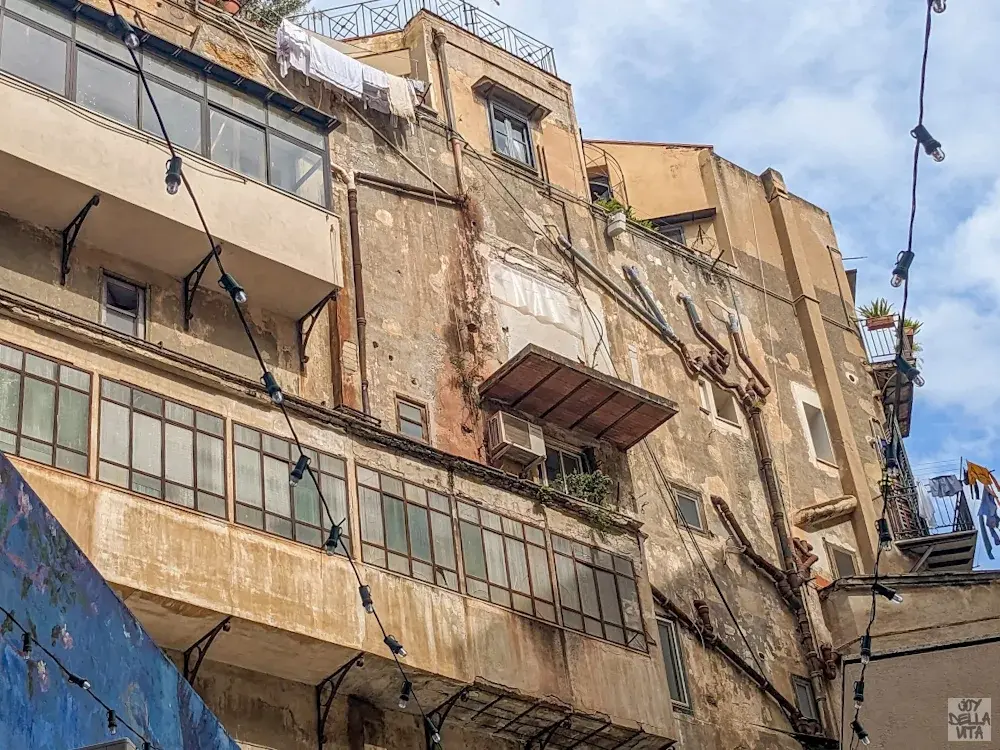
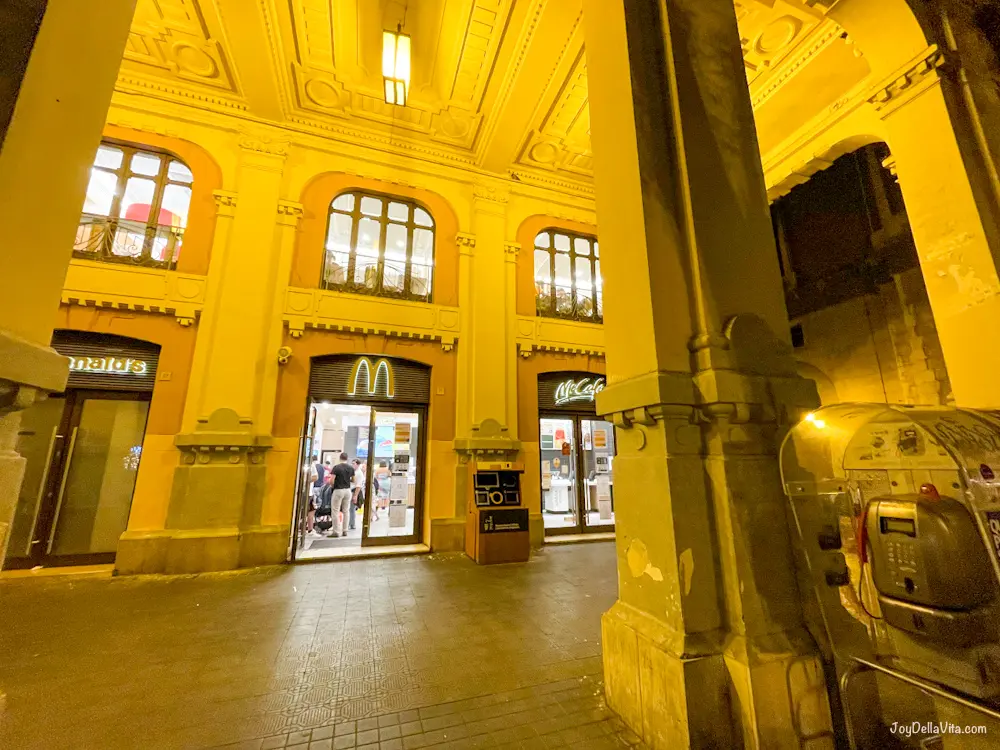
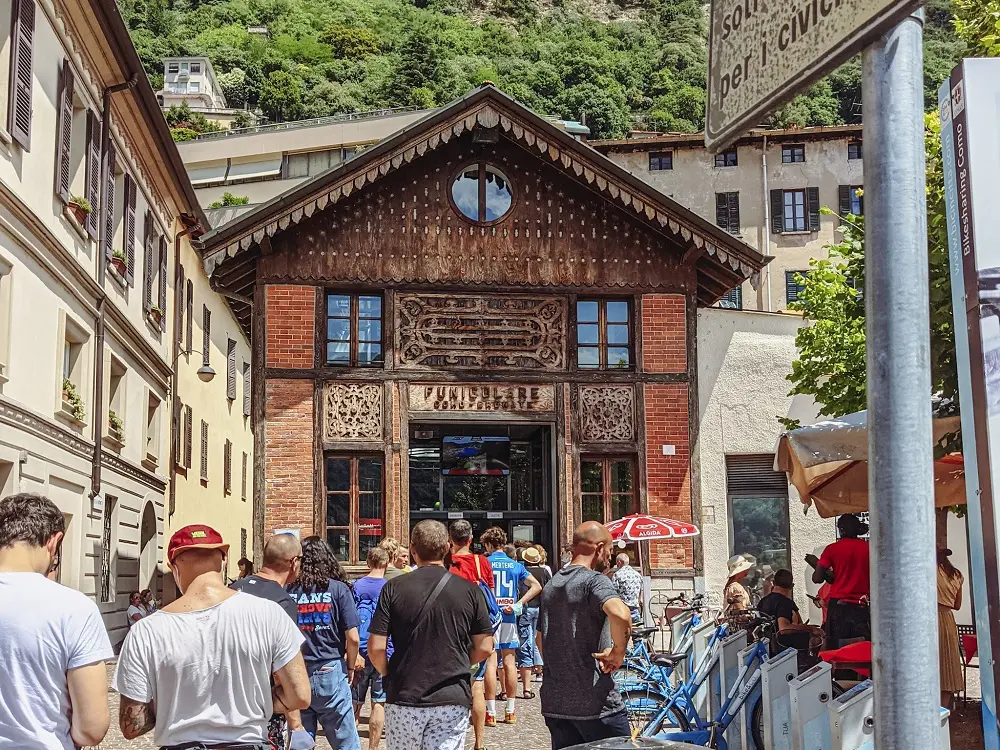
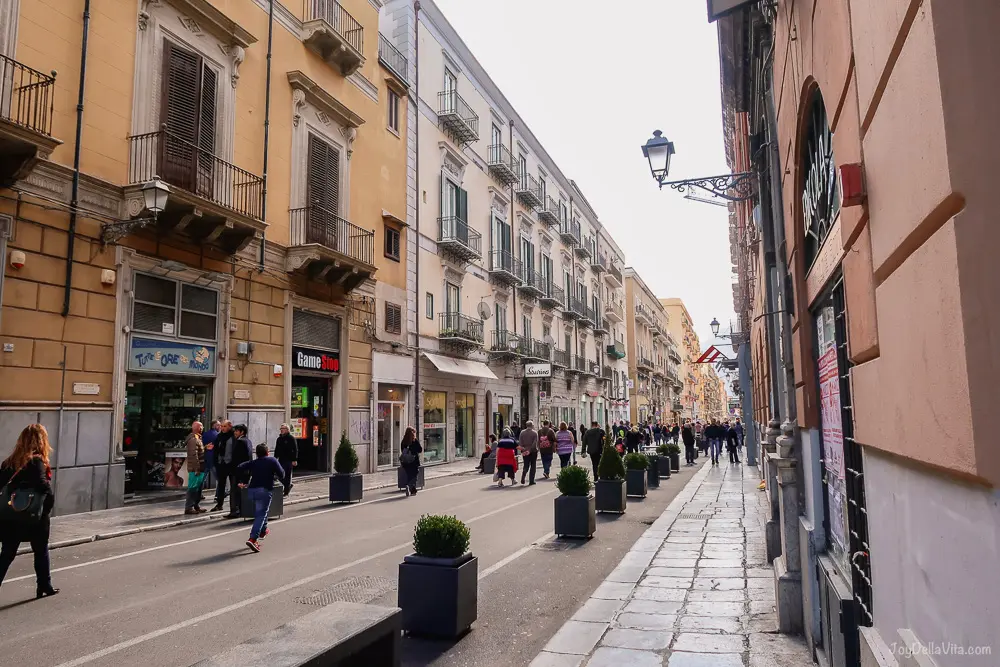
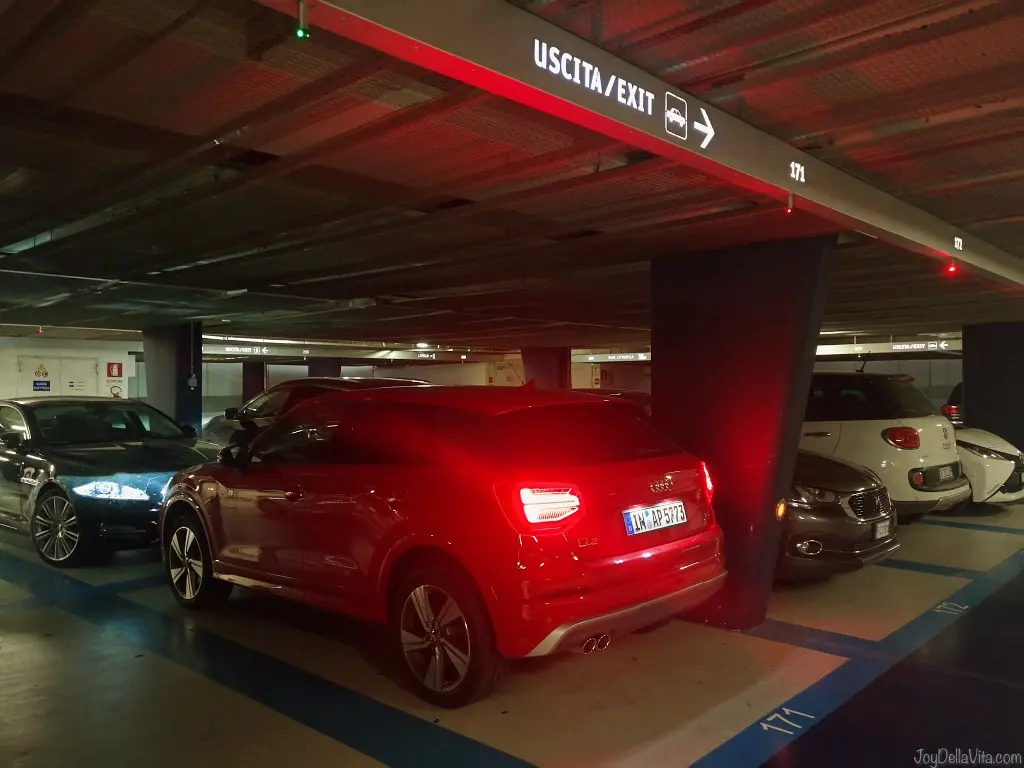

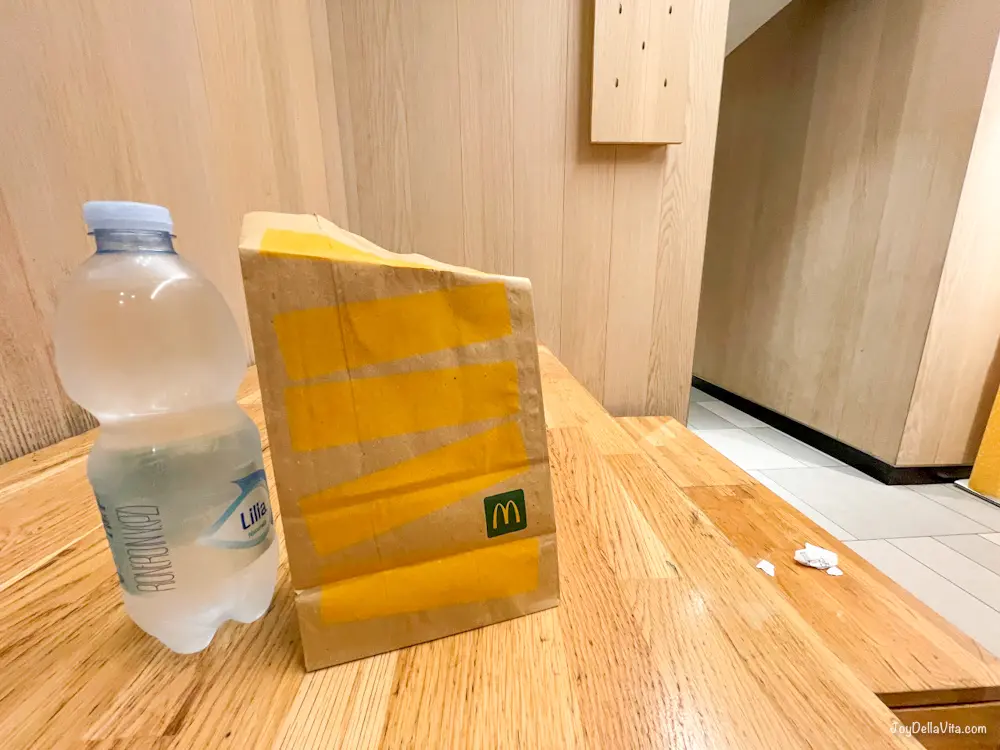

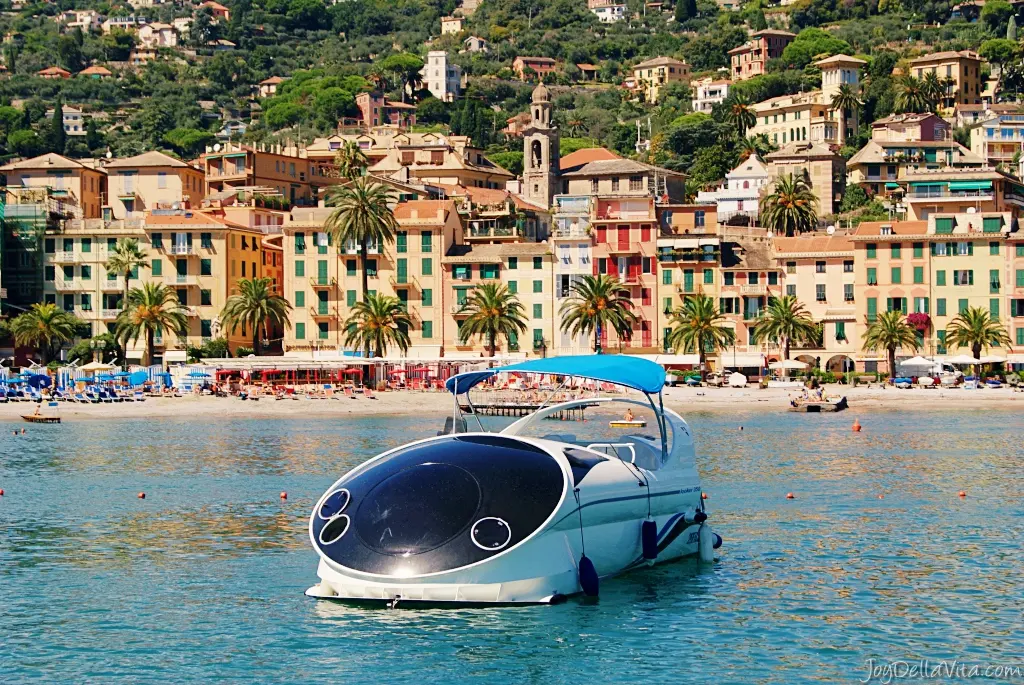
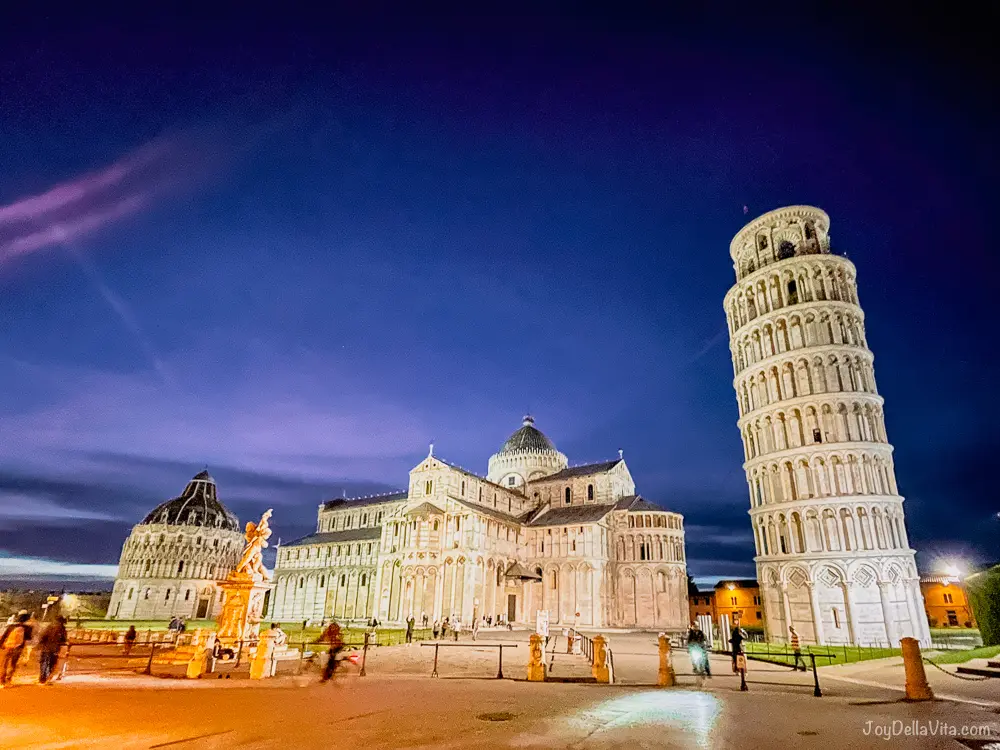
Leave a Reply